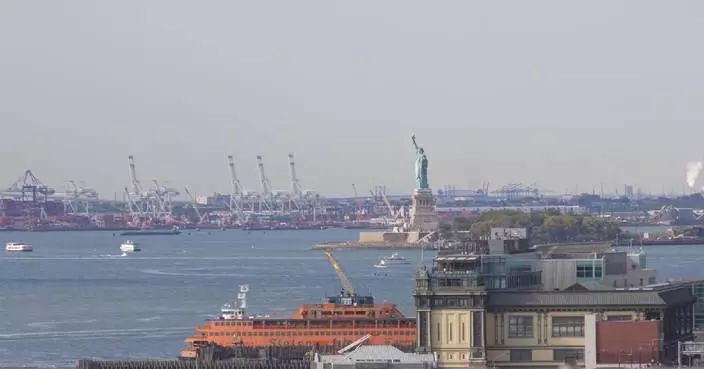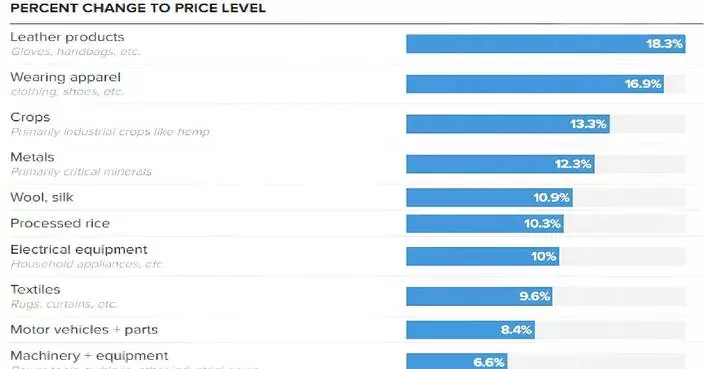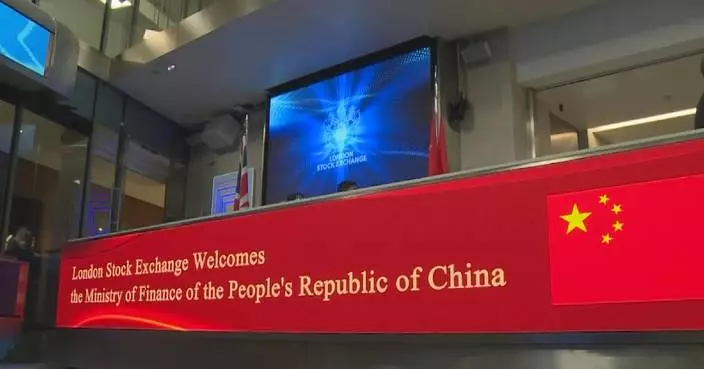The Zimbabwean government has given the green light to a roadmap that will see the phase-out of the U.S. dollar in favor of its new bullion-backed currency, the ZiG, for transactions within the country.
Facing a prolonged currency crisis over the past decade, the southern African nation has heavily relied on the U.S. dollar, which currently dominates about 70 percent of all economic transactions in the nation.
Encouraged by the positive performance of the ZiG in curbing inflation and maintaining a stable exchange rate, the Zimbabwean government is considering advancing the timeline for the adoption of a single currency, possibly before the initial target of 2030.
Introduced in April, the ZiG is supported by gold reserves.
"The use of the local currency is always the best way for any country to operate, we are no exception. However, when you have the kind of instability that is currently prevailing, the market defaults to a more stable currency, in this case the U.S. dollar. And unless the fundamentals underlying the local currency itself are fixed, the market will always run to safety," said Farai Mtambanengwe, chairman of the SMEs Association of Zimbabwe.
To transition successfully, Zimbabwe will need to boost exports and restore public trust in its new currency.
In Zimbabwe's predominantly cash-based informal economy, the preference for conducting business in U.S. dollars remains strong, with many hoping the multi-currency system will continue.
"The ZiG has maintained its value unlike the previous currency. If it remains as strong then it should continue to circulate with the U.S. dollar," said Pachawo Kativhu, an informal trader.
"I import the goods I sell, so using the U.S. dollar works for me. I am concerned that if we start using the ZiG only, I might not be able to access foreign currency to import," said Patience Chawanda, another informal trader.
Zimbabwe adopted the U.S. dollar in 2009 after hyperinflation decimated its local currency. This legacy could make it challenging to completely eliminate the greenback from the economy.
"The market dollarized on its own and it does not need the authorities to tell it not to use U.S. dollars. 50 to 70 percent of our market is a cash market, you cannot take away the dollars from people's pockets, from underneath their mattresses, that's where the dollars are," said Tinashe Murapata, an economic analyst.

Zimbabwe approves roadmap to abandon US dollar for new bullion-backed currency


















































